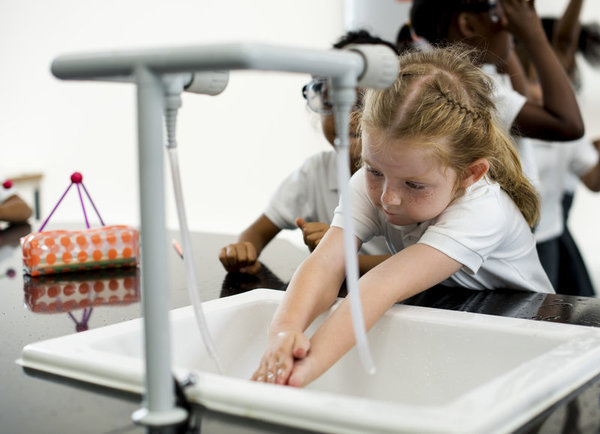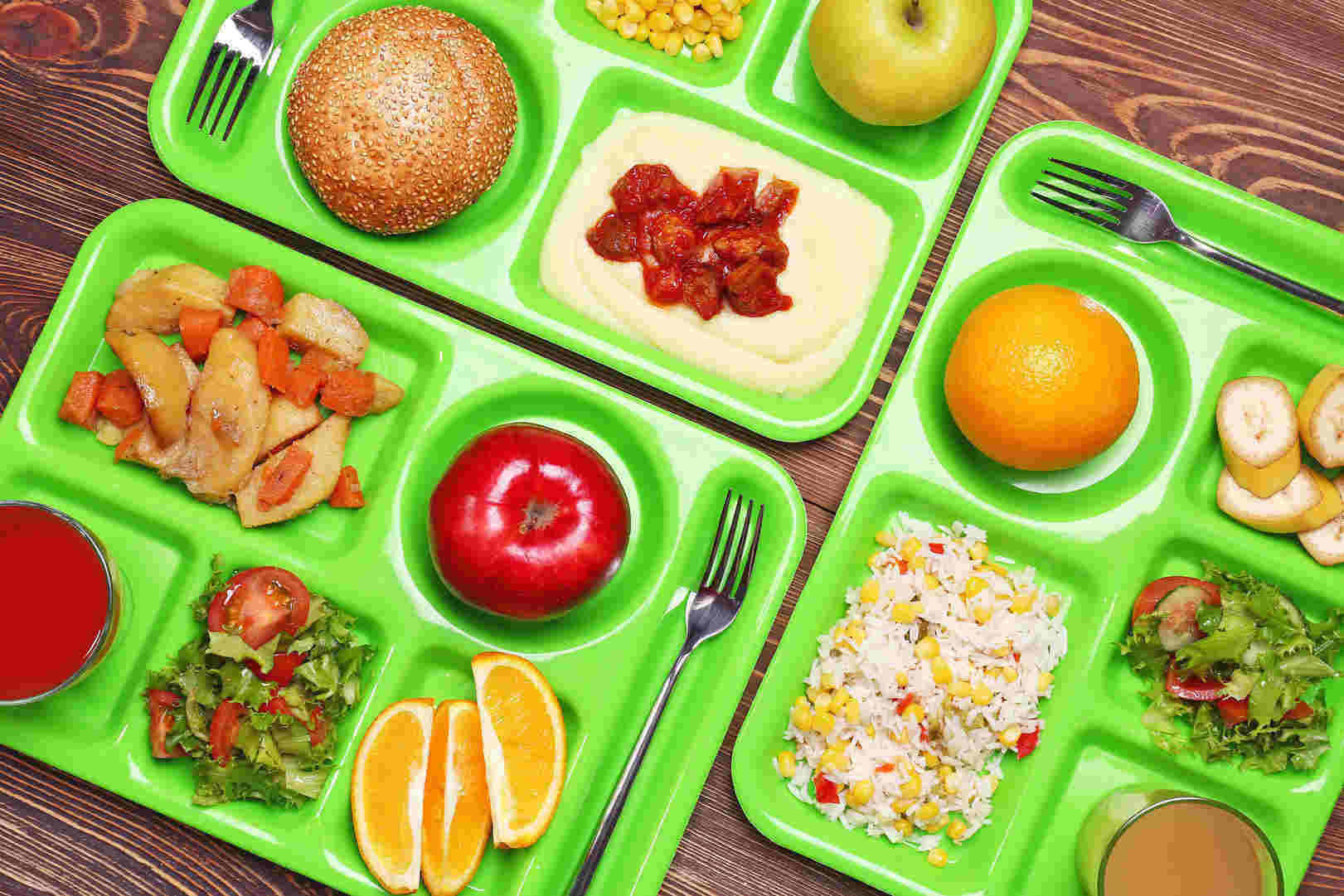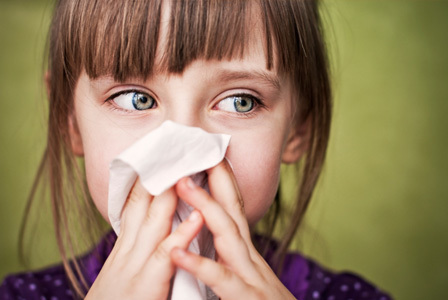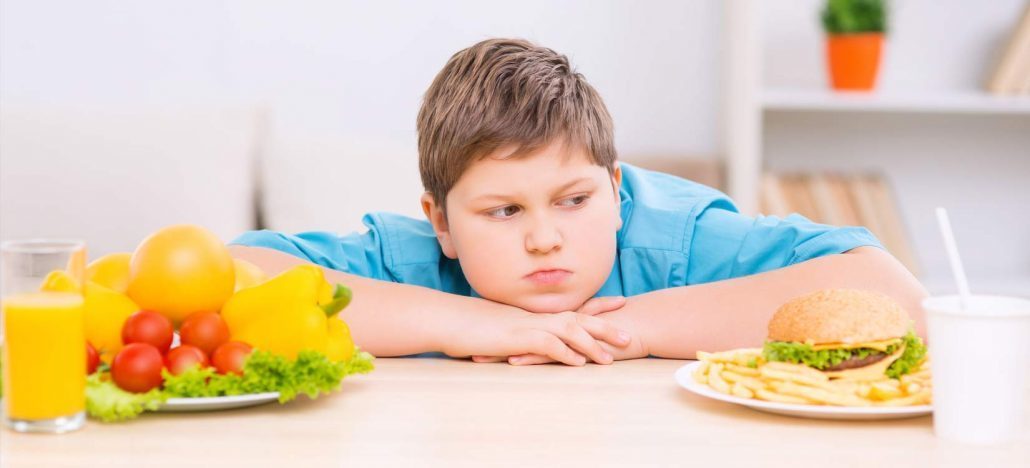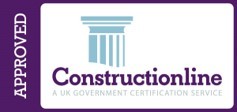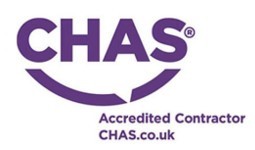A guide for school leaders
Earlier this week, it was made clear that schools in Northern Ireland, Wales, and Scotland are unlikely to return this side of the summer holidays. However, as laid out by Prime Minister Boris Johnson, soon followed closely by the Department for Education, primary schools in England must prepare to return as early as June.
But what will school look like post-COVID-19, and what measures will education professionals take?
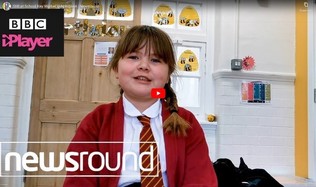 School pupils of keyworkers tell us what school is like during the lockdown.
School pupils of keyworkers tell us what school is like during the lockdown.
Is it too early to reopen schools?
There are mounting concerns over how school leaders can ensure the safeguarding of their pupils whilst also providing a safe working environment for their staff.
In his speech on Sunday 10 May, Prime Minister Boris Johnson stated there was an 'ambition' to return to school. However, education professionals say they need proper guidance and support from the government to reopen safely. Jenny Jones, chairman of the Association of Directors of Children's Services, who oversees local authority schools, said:
Safeguarding staff and pupils
Let's look at the crucial factors that education professionals need to consider before reopening the school gates.
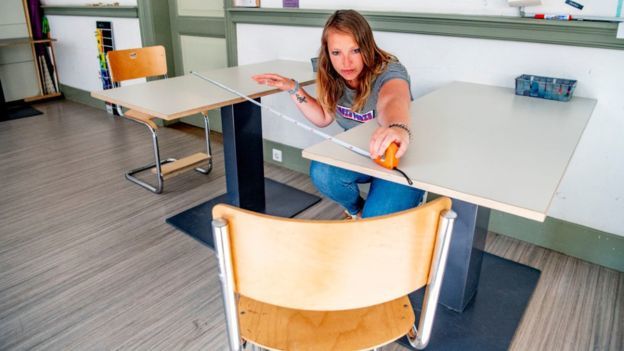 BBC News: Schools have begun to open in Denmark and Germany. Can you keep pupils safely apart?
BBC News: Schools have begun to open in Denmark and Germany. Can you keep pupils safely apart?
Reducing the size of classes and keeping children in small groups
When schools reopen, the return process will likely involve a phased approach. Returning pupils by year group will help schools maintain a good level of social distancing to help ensure the health and safety of both staff and pupils.
Class sizes will be limited to 15 pupils, which will be particularly difficult for large secondary schools across the UK. Schools must utilise other spaces that they have available, and in some cases, teachers may need to move classrooms instead of pupils to help control traffic in communal school areas.
Staggered break and lunchtimes, as well as drop-offs and pick-ups
Staggering break times will give schools more control over high-traffic areas to adhere to social distancing guidelines. To help catering teams implement a 'Grab & Go' food offering, schools are using pre-order software and introducing collection points to the dining hall as a solution to help control the number of pupils within one area.
Increasing the frequency of cleaning
As well as maintaining a high level of cleanliness in the school building with thorough and frequent sanitisation of any shared objects, education professionals will also need to encourage pupils to increase the number of times a day that they wash their hands.
But how can teachers encourage pupils, especially young pupils in primary schools, to social distance and increase cleanliness? Several suggested measures are available to help minimise the risks, with schools now looking to implement cleaning stations around high traffic areas such as classroom entrances and food outlets.
There are also discussions around government and NHS sanctioned packs for schools to include; teacher cards, posters, reward charts, stickers, and animated videos. Here's an example supplied by NHS Scotland.
 Image from BBC News: At St Josef's in Roskilde, there are regular pauses for handwashing throughout the day
Image from BBC News: At St Josef's in Roskilde, there are regular pauses for handwashing throughout the day
School lunch after lockdown
Whilst encouraging less contact within the school grounds, school leaders will be changing their lunch service to adhere to these new rules. So what does this mean for school catering staff?
It could mean a phased approach to lunchtimes with specific classes or year groups eating their lunch at different times and locations, limiting the number of pupils within the dining hall at one time. Catering teams are also altering their current menus, opting for a reduced menu to offer a Grab & Go lunch service.
However you are restructuring your catering offering, your software will need to be flexible enough to adapt. Let's look at how technology will help schools restructure their catering offering and safeguard pupils.
Contactless lunches
Although schools across the UK utilise some form of cashless catering technology, some schools still rely on outdated forms of payments such as physical money, which requires a physical transaction in the action of passing money and change between catering staff and pupils. Removing cash and school-associated risks will undoubtedly encourage reliance on online payment software.
Some schools opt for a pre-order app to assist their Grab & Go service and remove cash transactions, whilst others opt for contactless cards. Suppose you can't make the switch before your pupils return. In that case, we recommend sanitising the hardware between each transaction and setting up sanitation stations beside areas that still require contact, such as the canteen point of sale.
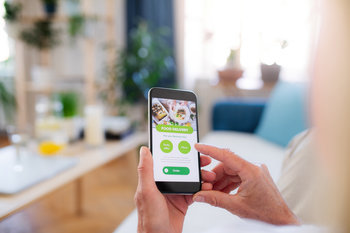
Pre-ordering and collection points
Just as the classroom layout changes, school catering teams must alter their service to deliver speed while ensuring social distancing.
Schools across the UK are implementing pre-ordering software to remove the need for contact. The use of a pre-ordering mobile app offers secondary schools the same speed of service that they are used to whilst allowing schools to control the flow of traffic within the dining hall. It means pupils can order their lunch straight from their mobile phone (no contact) and then pick it up from a designated collection point to ensure social distancing. The software is flexible enough to work with a delivery operation if your school decides to go down this route.
For contactless lunch service, we recommend a solution that removes cash from your school (via online payments), contactless pre-ordering software that allows pupils to order and pick up their lunch (pre-order app), and contactless cards to replace cash and other physical transactions.
Are you wondering how your school could implement collection points, pre-ordering software, or general changes to your catering operations? We're here to help.
Email: info@crbcunninghams.co.uk
Call: 0333 014 306

Schools across the UK: What you need to know
Whilst we wait for further detail and guidance from the Department for Education on returning to school, we have gathered the latest government news and resources for education professionals.
- England: Prime Minister Boris Johnson stated, "At the earliest by June 1 - after half term - we believe we may be in a position to begin the phased reopening of shops and to get primary pupils back into schools, in stages, beginning with reception, Year 1 and Year 6." In his speech on Sunday, 10 May he also said: "Our ambition is that secondary pupils facing exams next year will get at least some time with their teachers before the holidays."
- In Wales, the First Minister, Mark Drakeford, said: "schools will not return to normal on June 1".
- Scotland plans for a phased return of schools but says that will only happen "when safe to do so".
- In Northern Ireland, Education Minister Peter Weir has spoken of a possible phased return of schools in September.
Download OUR PLAN TO REBUILD: The UK Government’s COVID-19 recovery strategy.

